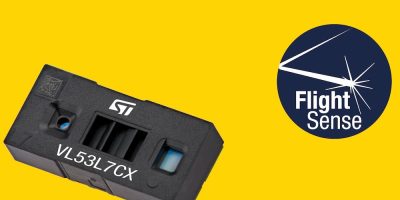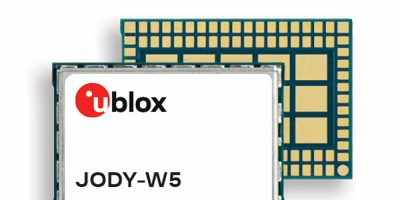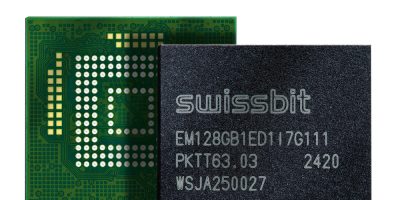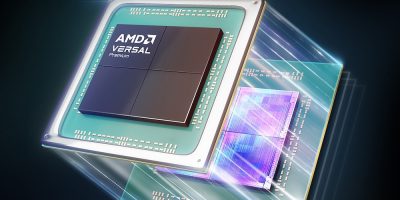STMicroelectronics has identified that sensors bring lifelike situational awareness to numerous types of smart equipment. It has released its latest FlightSense multi-zone distance sensor with what it claimed is an industry-best 90 degree field of view to enhance privacy-protected multi-zone ranging, object detection and scene mapping.
The field of view is 33 per cent larger than the previous generation, said the company. The optical sensors bring situational awareness to applications like home automation, domestic appliances, computers, robots, and smart equipment used in stores, factories.
Unlike camera sensors, which are sometimes positioned for these tasks, Time-of-Flight (ToF) sensors like ST’s new VL53L7CX announced today do not capture images and thus ensure full privacy for users. The VL53L7CX extends the field of view to an unprecedented 90° (diagonal) for enhanced peripheral sensing, almost equivalent to that of a camera. This enhances the performance of presence detection and system activation, such as activating a screen or waking an appliance like an oven or coffee machine.
ST’s FlightSense multi-zone sensors have powerful capabilities including 3D scene mapping and simultaneously measuring distance to multiple objects in multiple zones. The multi-zone capability and the motion indicator allow use in applications like people detection and tracking, over-shoulder warning, occupancy detection, and storage / parking management.
The sensor enhances the performance of applications such as smart waste-management for tracking full and empty bins. It can also improve floor sensing, cliff prediction, obstacle avoidance, and small-object detection for robots. Further applications include keystone correction in projectors and extended hand tracking for gesture recognition using the STGesture software pack.
The VL53L7CX has native 64-zone (8 x 8) sensing and can measure distance to multiple objects in each zone, up to 3500mm. ST-patented histogram algorithms allow multi-target detection and measurement within the field of view, as well as smudge immunity above 600mm.
The linearity is consistent when measuring distance to objects as close as 20mm.
In low power mode, the sensor consumes just 5.4mW. The VL53L7CX can operate in autonomous mode that allows the host system to power down and wake only when a threshold value is reached. Thresholds include distance to nearest object, signal rate, and detection of motion. The sensor is pin-to-pin and driver compatible with the previous generation device, VL53L5CX.
Design-in support includes the VL53L7CX Expansion board (X-NUCLEO-53L7A1) and a development pack that includes the VL53L7CX board with an additional STM32F401 Nucleo board. The SATEL-VL53L7CX, a small-outline PCB for easy integration and fast prototyping, is also available.
A full set of software is available to make user development easier, including the Ultra Lite Driver, Linux driver, and STGesture code examples. The X-CUBE-TOF1 software pack for fast STM32 microcontroller programming contains application code examples and is compatible with the STM32CubeMX tools.
The VL53L7CX is in production now and available in a 6.4 x 3.0 x 1.6mm miniature optical LGA16 package.







